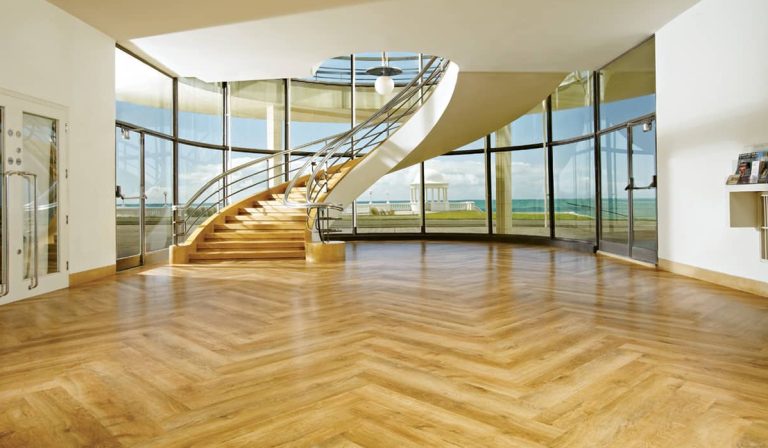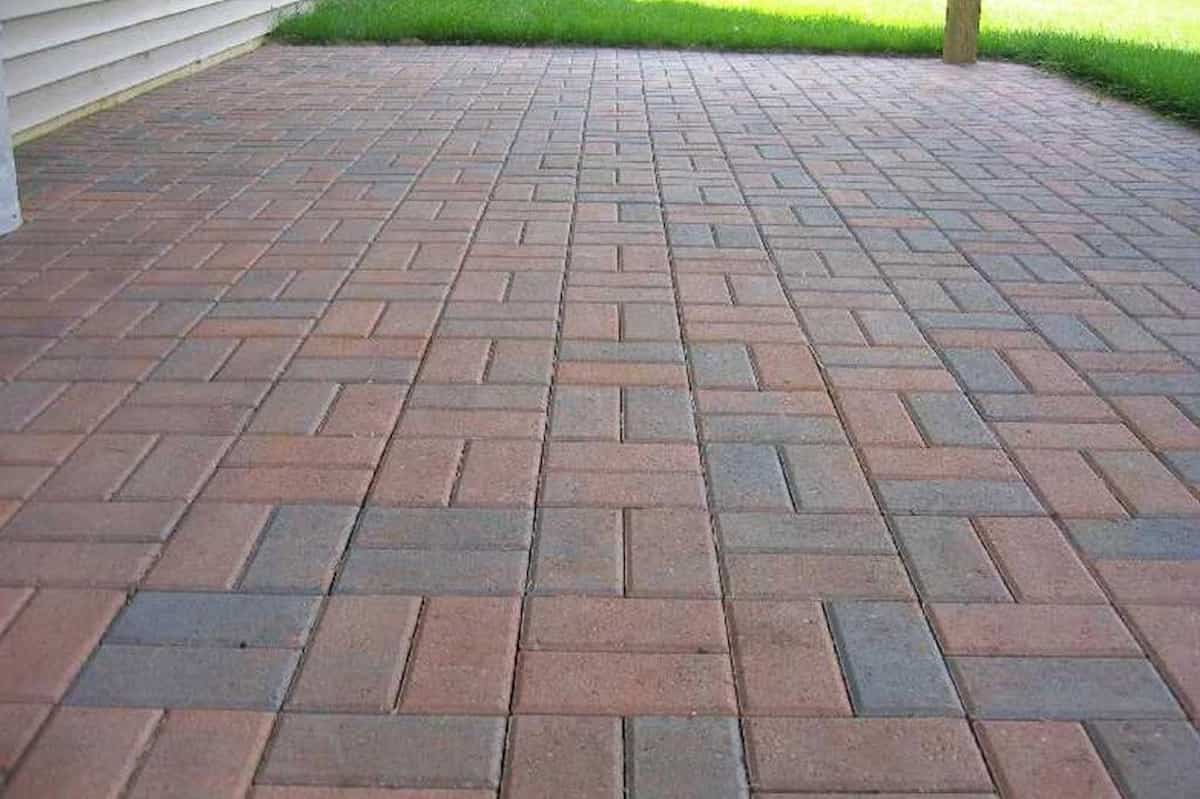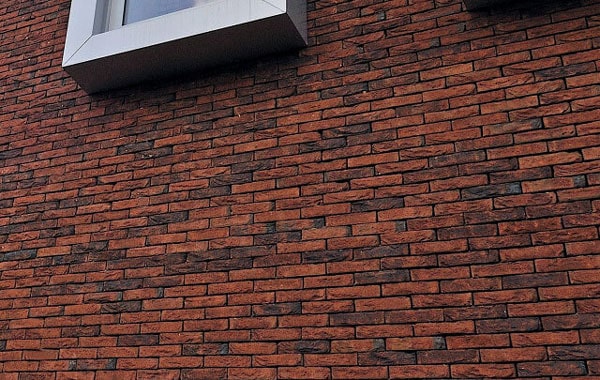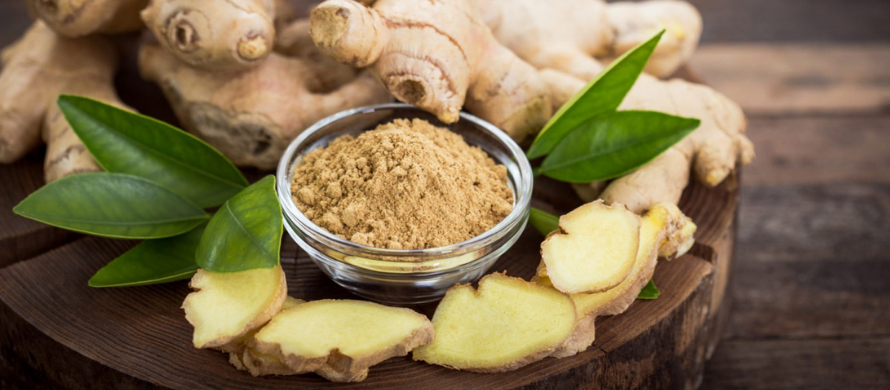The popular porcelain ceramic tiles are available in both polished and unpolished varieties. It seems that there are almost as many types of porcelain tiles as there are styles and characteristics of porcelain tiles.
To help you navigate this maze of language, we’ve created a tutorial on the two most common types of porcelain tile: polished and unpolished. Let’s explore their pros and cons so you can choose the best one for you.
Porcelain is a type of ceramic tile that is created by combining very fine clay with various natural minerals such as quartz, silica or feldspar and baking it at a very high temperature.
This makes the tile significantly harder, denser and stronger than ceramic. Unpolished porcelain tiles have a surface that is more textured due to the molding process.
The surface of the tile is polished using a diamond disc to produce polished porcelain tiles. During the grinding process, microscopic holes are created on the surface of the tile, which are then hidden by the glossy coating.
Walls, backsplashes and other similar surfaces usually include polished glazed tiles. They should not be used on the ground as they are a bit soft.

Since unglazed polished tiles are less slippery than glazed tiles, they are suitable for practically any application, including flooring. Unpolished varieties, such as unglazed polished tiles, are used both indoors and outdoors to create a calm, gritty look. As the name suggests, polished porcelain has a high luster and smooth surface. It is available in a variety of coatings, colors and 3D surfaces.
There are two types of these tiles: Glazed: While the basic manufacturing process is the same for both types of tiles, glazed tiles have a layer of liquid glass placed over them before being fired. Despite the fact that glazing may reduce the longevity of the item, it has intricate designs that are both eye-catching and durable. By using this type of tile, there is no need to worry about damaging the glaze. Unpolished and unglazed porcelain tiles have the same appearance and texture. Unlike glazed tiles, unpolished tiles last longer because they are denser and thicker.

unpolished ceramic tile
On the other hand, unpolished porcelain tiles are only available in natural condition and cannot be glazed or unglazed. During the manufacturing process in the mold, a polished or matte surface is often created, which gives the product its special appearance.
This is also possible by polishing the surface of the tile to obtain a smooth surface. Unlike the smoothness of polished versions, the texture of unpolished versions is more grainy.
Unpolished porcelain tiles have the same benefits as natural stone tiles in addition to the increased durability that comes with using porcelain.
Because unpolished porcelain tiles have a very durable surface, they require minimal to no maintenance and are less prone to wear and scratches. Using a scrub brush, stubborn stains and dirt can be easily removed from the tiles.
Since the surface is not polished, using chemicals or using a stiff brush to clean it will not harm it. Tiles with a matte finish and textured surface increase foot traction, thus reducing the risk of slipping and falling.
Not only are they comfortable underfoot, they are also a good solution for humid indoor environments such as bathrooms. Due to their natural and durable composition, unpolished tiles are more resistant to scratches than polished tiles.

Matte or unpolished porcelain tiles have a simpler look similar to limestone or other smooth stone tiles and are chiseled to create a cool, earthy feel. In the past, it was challenging to find a variety of designs and colors in unpolished porcelain tiles.
However, technological advances have made it possible to replicate the look and feel of natural stones such as marble, travertine, limestone, etc. in various shapes and patterns.
Unlike polished tiles, unpolished tiles do not undergo any additional manufacturing steps, thus reducing the overall price of the product. Polished or unpolished porcelain tiles are a durable and long-lasting option for floors and walls.
However, installation details will play a role in which option you choose. For example, if you’re going for a more earthy, rustic look, unglazed or unglazed polished tiles can be a great choice. Before making a decision, consider the good and bad elements of this situation.

polished porcelain tile problems
Although porcelain stoneware is a generally durable material, it has problems such as susceptibility to scratches. This may occur during slab handling or after installation, but may also occur during normal use.
When you are on a tight budget, the price of porcelain tiles can be a concern. They are not very expensive, but they cost more per tile and cost more to install than ceramic.
If you are looking for the most affordable flooring option, porcelain tile floors may not be the best choice. However, since the flooring is expected to last many years longer than cheaper options, it may be a better value in the long run than cheaper flooring options.
Porcelain tile floors are obviously more expensive, which you should consider if your budget is already stretched, but it shouldn’t be the only factor you consider when choosing a flooring material.
Ceramic flooring is more difficult to repair than porcelain flooring. This is because tiles are more difficult to work with and you will almost certainly be charged more if you need professional help to replace the tiles. However, porcelain tile floors require less maintenance in the future.
When comparing repair costs between porcelain tile floors and other types of flooring, costs are likely to be comparable because porcelain tile floors require less maintenance.

Analyzing both the pros and cons of porcelain tile as a flooring option is essential. As long as you don’t mind the extra cost of flooring, the extra weight it adds to your home or business, or the hassle of repairing or installing it, it’s a great alternative to flooring.
Porcelain tile is one of the most durable flooring materials available, making it a great option for pet owners. Flooring can be created however you like, works well in most areas of the home, and is worth serious consideration. However, you should consult flooring experts to help you choose the right flooring for your purposes.



